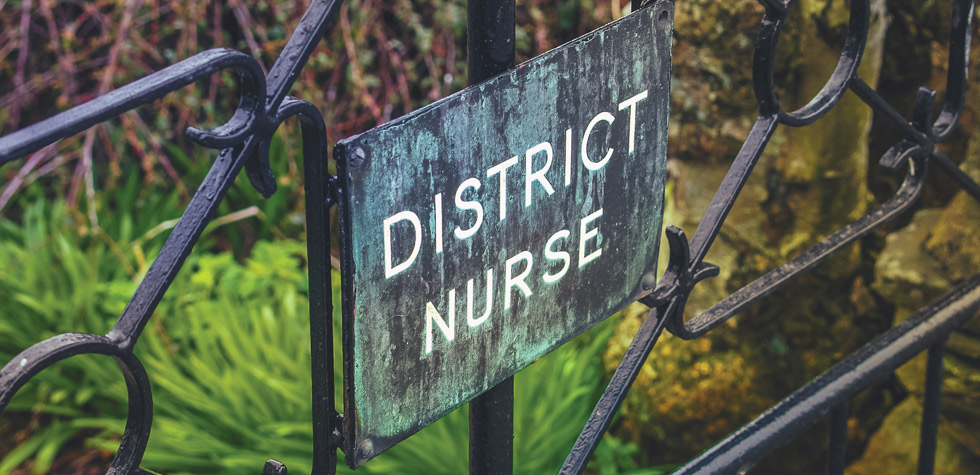Building a Healthcare Model for Rural America
UNC’s grant-funded program for nurses strives to provide template for rural healthcare
By Anne Cumming Rice
Over the past 15 years, Sara Jacobsen has been a surgical, oncology, ICU, home care
and hospice care nurse. But she has always been interested in nursing in geriatrics,
so when she learned about UNC’s new Adult-Geriatric Acute Care Nurse Practitioner
(AGACNP) program, she was ecstatic.
Jacobsen — whose goal is to care for the geriatric population in palliative care — was
among the first cohort of students in UNC’s AGACNP program in fall 2015. UNC received
a three-year, $1.78 million grant from U.S. Health Resources and Services Administration
to create a program that others could emulate. The program trains nurses who already
work in rural areas or those who see patients who come from rural communities, preparing
them to work with patients from adolescence to geriatrics in acute care, critical
care, specialty units and clinics, rehabilitation and long-term care.
The program combines online courses and two summer programs on campus so that nurses
like Jacobsen can continue working in their communities while pursuing an advanced
degree.
“Our goal is to recruit nurses from rural environments to this program. After completion,
they might be one of the few advanced-practice nurses in their communities,” says
Audrey Snyder, assistant professor and coordinator of the AGACNP program.
By 2050, the U.S. over-65 population is expected to double. In Colorado, demand for
health services is expected to outpace the supply of registered nurses. Those demographic
changes may contribute to a growing problem: Rural communities have difficulty recruiting
and maintaining medical staff, and geriatric patients in rural communities have unique
challenges and needs.
One of the most important aspects of working with patients who come from rural communities
is managing their care so they don’t have to return to the hospital after being discharged.
“If patients return to the hospital within
30 days for the same reason they were originally admitted, the hospital gets penalized,”
Snyder says. “A big part of an AGACNP’s job is to collaborate with physicians and
nurse practitioners in the patient’s home community to make sure they get the care
they need after leaving the hospital.”
“Nurses are known for caring and listening to patients and being the advocates for
them when doctors might not be available,” Jacobsen says. “Through this program, patients
can feel comfortable with the fact that nurse practitioners caring for them will not
only have a solid knowledge base but also have the important skillset of listening
in times of crisis or when dealing with chronic diseases.”
It’s knowledge that has already helped Jacobsen in her work with patients.
She remembers one elderly patient, newly diagnosed with heart failure and diabetes,
who faced a lot of new medications and lifestyle changes.
“Because of what I learned in class, I knew simply telling him about all the changes
he was going to have to make would be overwhelming,” Jacobsen said. “Instead, I spent
over 30 minutes asking him what was important to him and finding out what activities
he knew he could be successful in without becoming overwhelmed. He had a sense of
relief in his eyes when he left, knowing he didn’t have to be perfect and make
a million changes at once.
“A lot of times, the geriatric population gets overlooked and they aren’t always listened
to because of lack of time or because of multiple co-morbidities that can be difficult
to treat,“ she says. “Learning about a different way of approaching patients and understanding
what their motivations are has helped me time and time again.”


